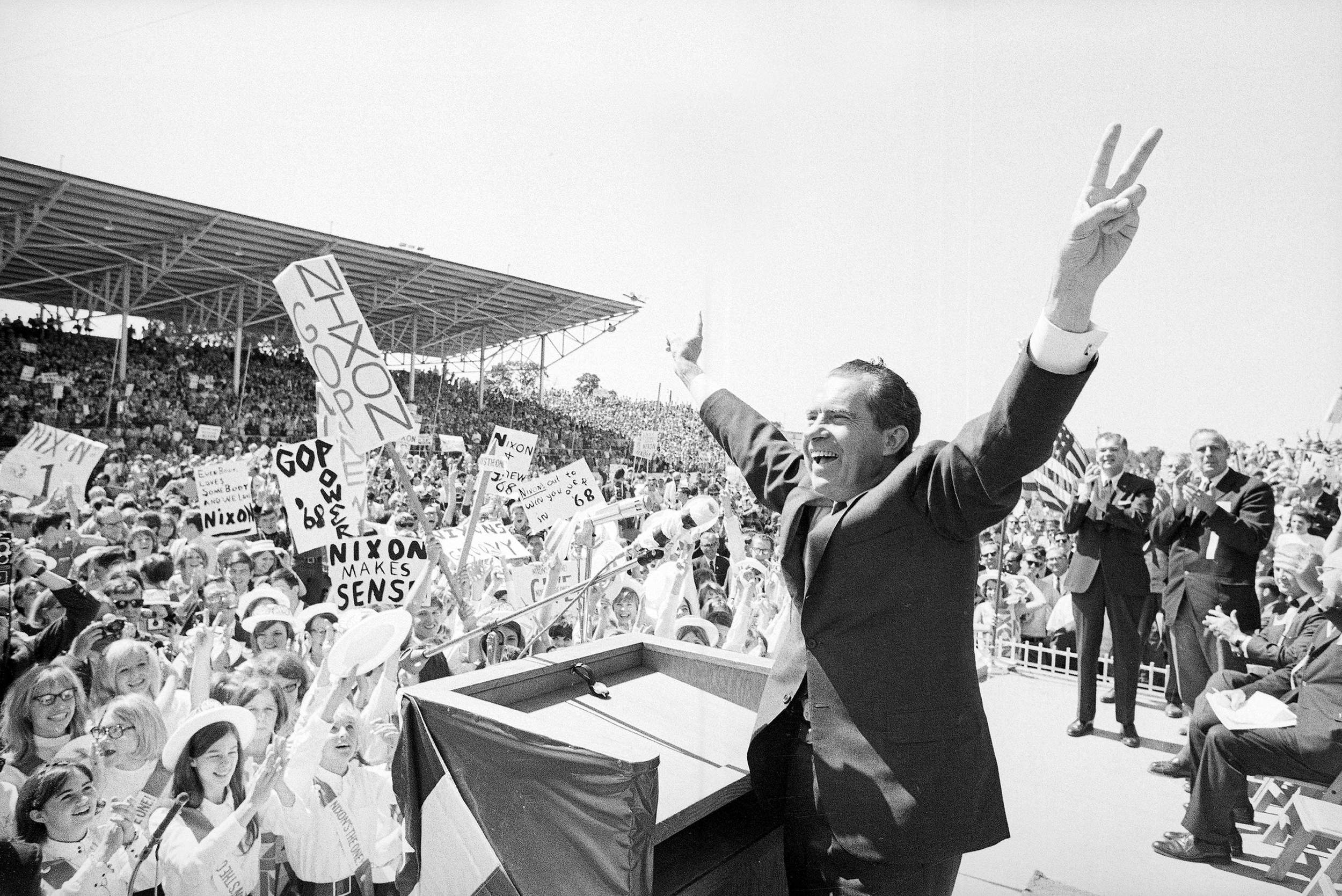Jan 26, 2016 | Foreign Policy, News, Vietnam
“Just as secret negotiations can sometimes break a public deadlock, public disclosure may help to break a secret deadlock.” — President Nixon For much of President Nixon’s first term, the secret diplomatic meetings between chief North Vietnamese...

Jan 13, 2016 | News, State of the Union
A 45-year flashback of tonight’s State of the Union address presents a president with a broad, ambitious, and very progressive agenda. Though known for his prowess in foreign policy, President Nixon’s 1971 speech was almost entirely oriented in domestic policy....
Jan 13, 2016 | Middle East, News
Invariably delicate and volatile, the Arab-Israeli peace process reached a critical juncture at the beginning of Nixon’s presidency as violence in the region escalated. At his first press conference on January 27, 1969, President Nixon summed up his assessment of the...
Jan 5, 2016 | News, Russia, Soviet Union
One of the greatest accomplishments of Richard Nixon’s presidency occurred with the signing of the Strategic Arms Limitations Talks Agreement (SALT I) in 1972. President Nixon and Soviet General Secretary Brezhnev agreed to limit growth in the number of...
Dec 30, 2015 | News, Uncategorized
Jeff Stoneberger, a thirty-something chef trained at the renowned Culinary Institute of America, sees himself as the culinary version of Richard Nixon. Working in his hometown of Charleston, South Carolina, he named his recently launched and quickly popular pop-up...

Nov 14, 2015 | News, Nixon's Comeback
By the end of 1966, Richard Nixon was already planning his path to the presidency. In an interview with “US News & World Report” published October 3rd, 1966, Nixon shared his opinions on issues of domestic policy and the political climate of the late 1960’s, and...


